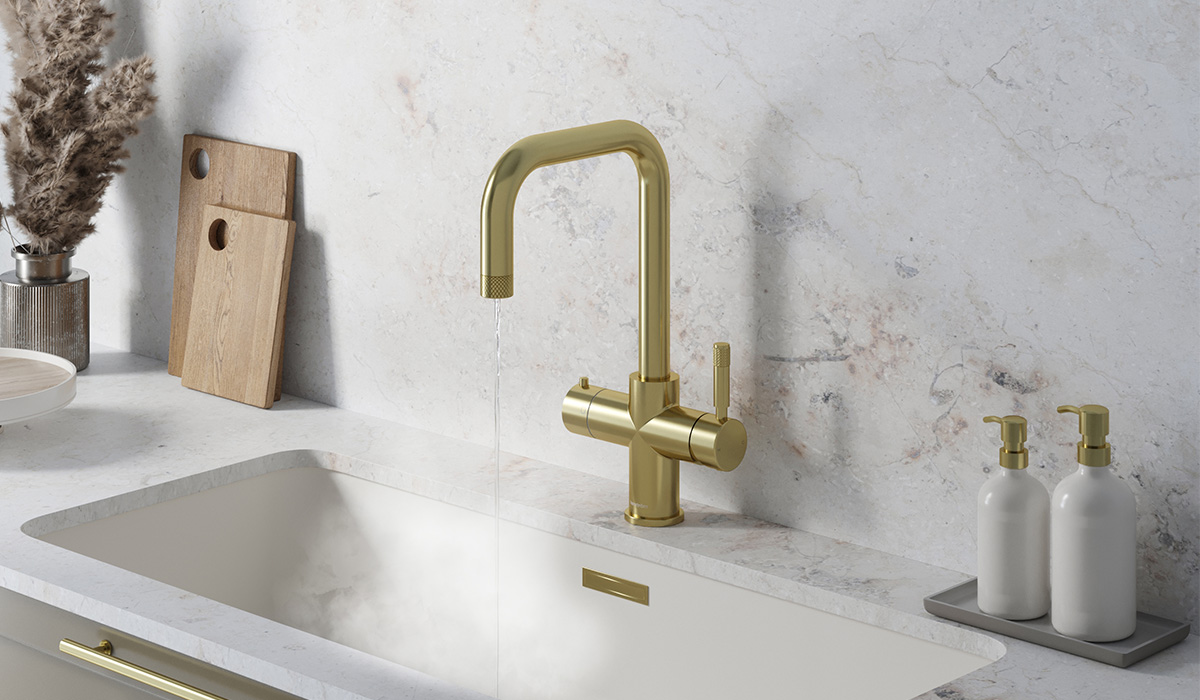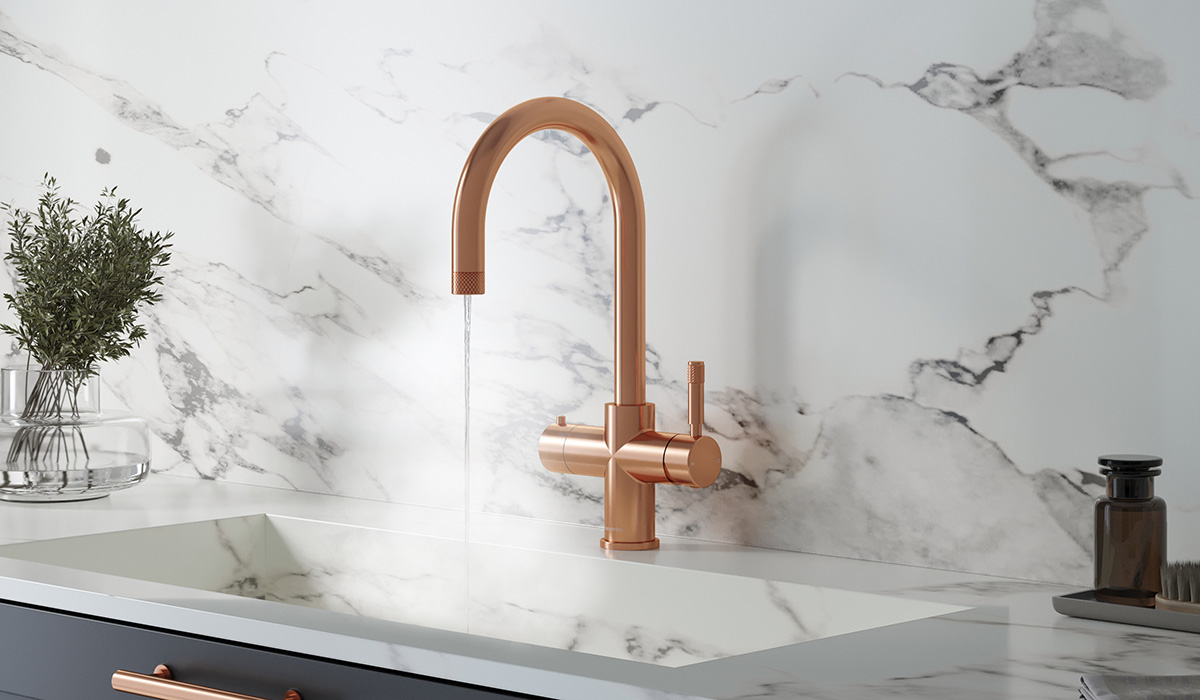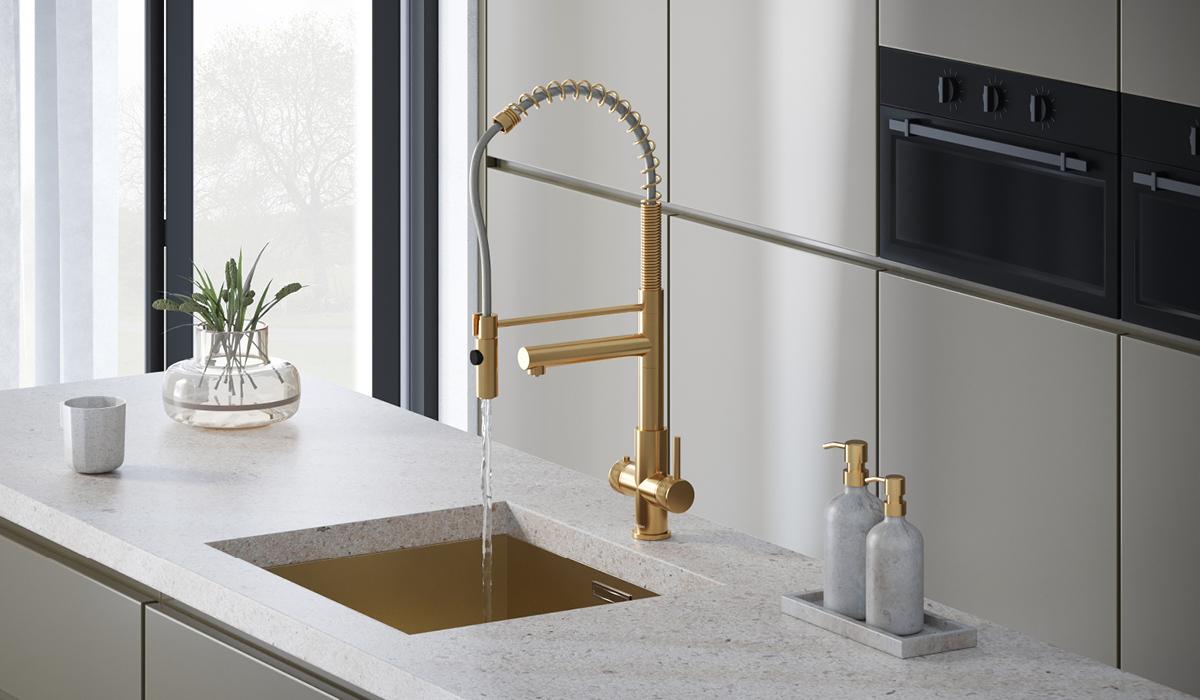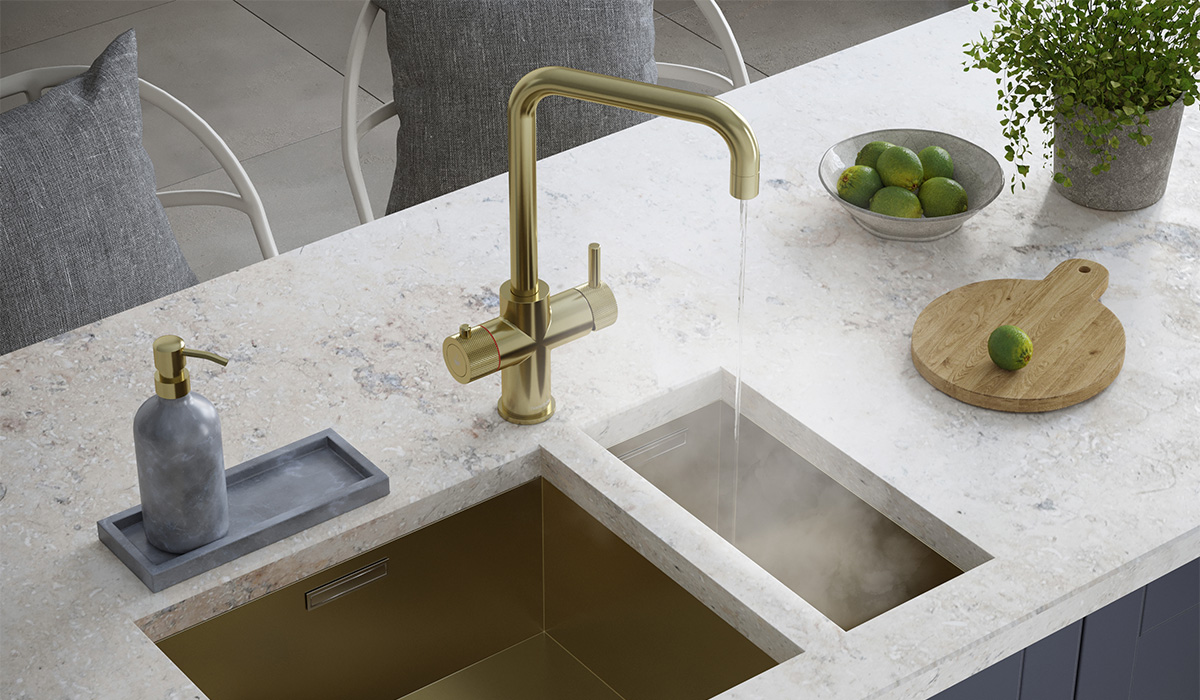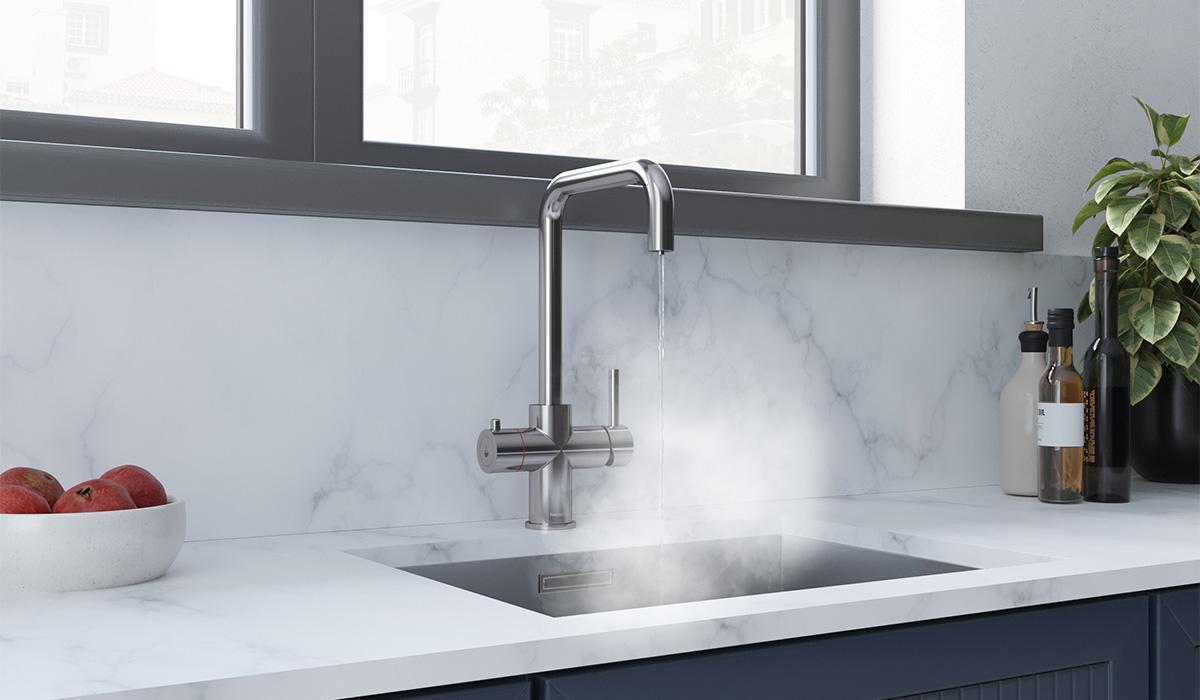Are you thinking of extending your kitchen? If so, you will need some excellent kitchen extension ideas. There are many different ways to extend your kitchen, and each has its benefits and drawbacks. You will need to consider things like the size of your property, the amount of natural light it gets, and the existing layout of your kitchen before deciding on a particular type of extension.
Some standard options for kitchen extensions include reworking the walls or floors, adding a new door that opens onto your garden or patio area, installing a roof lantern or skylight to bring in more natural light, and extending out into your yard or garden space. Read on to find more.
Multi-Purpose
When extending your kitchen, it is essential to think about how you can make the most of the space. A multi-purpose kitchen extension can be the perfect way to create a functional and stylish space. By using different cooking, dining, and relaxing zones, you can make the most of the space available. Planning well can ensure that your kitchen extension is both practical and stylish. Use a central island to divide the room and make cooking social by adding a breakfast bar. Position the dining table adjacent to patio doors to get the best view and a comfortable armchair in one corner for enjoying the newfound light. You can create a sophisticated hosting area that breaks the room up from the cooking area by incorporating multiple levels. It is a cost-effective way of dividing a room into sections without the added costs of installing walls. By thinking about how you can make the most of the space available, you can create a kitchen extension that is both practical and stylish.
Side Return
One of the most popular options is a side return when looking for kitchen extension ideas. A side return extension is a great way to add space to your kitchen without taking away from your garden. If you choose a design with plenty of roof lights, you can bring extra natural light to your kitchen. Just check with your local planning office to ensure that you have all the necessary permissions before starting your project. Whether you are looking for a classic side return kitchen extension design or something more modern, there are plenty of options to choose from when it comes to kitchen extensions.
L-Shaped
There are a few popular designs that homeowners tend to go for kitchen extensions. One of these is the L-shaped kitchen extension, which can be an excellent option for creating a space for dining and cooking. An L-shaped kitchen extension can make the most of natural light and provide a great view of the garden, making it a popular choice for properties looking to add value.
When it comes to the actual design of your L-shaped kitchen extension, there are a few things to consider. For example, you will need to think about the positioning of the kitchen units and appliances and the type of flooring and wall coverings that you want to use.
If you have an L-shaped kitchen extension built onto an existing property, it is also essential to consider the Party Wall Act. This act stipulates that you must get your neighbors’ permission before starting work if your extension is built on or near a boundary wall.
Once your kitchen extension is complete, you will find a great new space for entertaining guests or simply spending time with the family. So if you are looking for a way to enhance your kitchen and add value to your property, consider an L-shaped kitchen extension today.
Lantern
When adding a roof lantern to your kitchen extension, it is essential to consider the style of your home. If you have a traditional property, a more traditional-style roof lantern would be the best option. A more contemporary home would be more suited if you have a contemporary home. When it comes to the size of the roof lantern to add to your kitchen extension, it is vital to consider the size of the space you have to work with.
It is also essential to consider the position of the roof lantern in your kitchen extension. You need to make sure that the roof lantern is positioned to allow maximum light into the space.
Brick
Brick is a popular finish for kitchen extensions as it lends a rustic, homely feel that can be hard to replicate with other materials. If you think of using brick for your extension, consider a few things to get the most out of the material.
For a start, decide on the color of the brick. You can either match it to the existing brickwork of your home or go for something completely different. If you plan to paint the brickwork, make sure you choose a color that will complement the rest of your kitchen.
Next, consider the style of your extension. A more traditional style will suit a brick finish, while a more modern or industrial design may better complement other materials, such as wood or concrete.
Finally, think about how you want to use your brick wall. There are plenty of options, whether you want it exposed on all sides, partially covered with cabinetry and appliances, or left bare for an industrial look. With the proper planning and placement, your brick kitchen extension can be an eye-catching focal point that perfectly complements the rest of your home.
Galley
If you have a galley kitchen and are looking to extend, the best option is to expand out the side into any dead space you might have in your garden. It will give you the most space for your extension and is the most obvious option. However, if that is not possible for you, you can also add space to the end of your kitchen and add doors and skylights to create a lovely, light-filled dining area. It will give the space a more open plan feel, even if it is a narrow room.
Glass
When it comes to glass kitchen extensions, there are a few things you need to take into consideration. You need to make sure that your building regulations allow for the amount of glass you will be using. Additionally, you will want to coordinate the materials used in the extension with the materials used in your existing kitchen. It will help create a cohesive and visually pleasing space that maximizes natural light and makes the most of your outdoor surroundings.
If you are looking for modern, light-filled kitchen extensions that utilize glass creatively, there are several designs to explore. One option is an extension with multiple walls made entirely of glass, allowing you to open up your kitchen to the outside world fully. Another option is to extend vertically, using glass panels and folding or sliding doors to create an open and airy space that connects with your outdoor surroundings.
Whether you are looking for a modern kitchen extension that uses natural light or a more traditional design that incorporates classic materials, there are many kitchen extension ideas to explore. You can create a beautiful, functional space that seamlessly integrates with your existing kitchen with the correct planning, materials, and design choices. So if you are looking for a way to add additional living space or breathe new life into your current kitchen, consider glass kitchen extensions as an option worth investigating.
Light
One of the most important things to consider is the natural light entering the space for kitchen extensions. It can be done in several ways, including installing large-scale windows on the walls and roofs. Coordinating the materials you use for each of these glass features can tie the kitchen extension together and make the most of the natural light.
Another great way to maximize the light in your kitchen extension is to seek out and follow the light. It can be done by positioning a dining table where the maximum light falls or choosing furniture that precisely fits your space.
Finally, one of the best ways to lighten up your kitchen extension is to use a light colour palette. This can make a difference in how ample space feels and brighten up the room. If you are looking for kitchen ideas on a budget, colour works wonders.
FAQs
Do I need an architect for a kitchen extension?
It depends on the scope and scale of the project and your personal preferences and abilities. If you are confident in your ability to design and oversee a kitchen extension project, you may be able to do so without an architect. However, if you want a more professionally designed and executed extension, working with an architect will likely be the best option.
How much does a kitchen extension add to the value of a house?
According to recent research, a kitchen extension can add around 10-15% to the value of a house. A well-executed kitchen extension can be an extremely desirable feature for potential buyers, making your home more attractive and potentially increasing its value. If you consider a kitchen extension, it is essential to factor this into your overall budget and planning.
Is a small kitchen extension worth it?
A small kitchen extension can be a great way to gain extra space without breaking the bank. Even a small extension can make a big difference in your kitchen’s amount of usable space. If your kitchen is currently cramped and cluttered, an extension can provide the extra room you need to breathe.
Similarly, a well-designed extension can also add functionality to your kitchen, allowing you to create a space that works for your specific needs and preferences. It can include incorporating an island countertop, more storage space, or additional workstations.
Is it cheaper to extend up or out?
There are pros and cons to both extensions. Extending upwards can be more expensive, but it gives you the advantage of extra space without taking up any additional ground space. On the other hand, extending outwards can be more affordable, but it may take up more garden space or require permission from your local council.
Do you have to notify the Neighbours for permission for an extension?
One of the things you will need to consider when planning a kitchen extension is whether or not you need to notify your neighbours. In most cases, you will need to get permission from your neighbours before starting any building work. It is because the extension will likely impact their property somehow.
If you are unsure whether or not you need to notify your neighbours, you should speak to a planning expert or an architect. They will be able to advise you on the best course of action.
